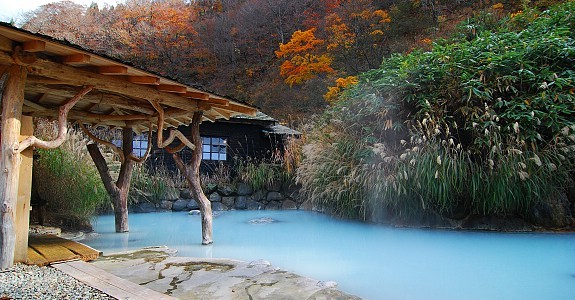Karate was developed in the Ryukyu Kingdom and was systematically taught in Japan after the Taisho era.[4] It was brought to the Japanese mainland in the early 20th century during a time of cultural exchanges between the Japanese and the Ryukyuans. In 1922 the Japanese Ministry of Education invited Gichin Funakoshi to Tokyo to give a karate demonstration. In 1924 Keio University established the first university karate club in Japan and by 1932, major Japanese universities had karate clubs.[5] In this era of escalating Japanese militarism,[6] the name was changed from 唐手 (“Chinese hand” or “Tang hand” verbatim, as the name of the Tang dynasty was a synonym to China in Okinawa) to 空手 (“empty hand”) – both of which are pronounced karate – to indicate that the Japanese wished to develop the combat form in Japanese style.[7] After the Second World War, Okinawa became an important United States military site and karate became popular among servicemen stationed there.














